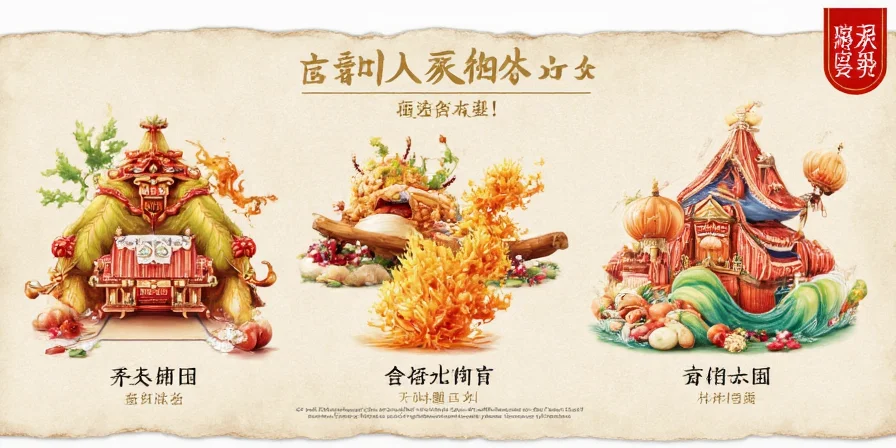When it comes to spice, few peppers command attention quite like the habanero. Known for its intense heat and fruity undertones, the habanero is a staple in hot sauces, salsas, and spicy dishes globally. But here's the critical question: What color are habanero peppers, and how does color impact culinary outcomes?
Table of Contents
- Introduction
- The Many Colors of Habanero Peppers
- Heat Level by Hue: Does Color Affect Spice?
- Flavor Profiles: Green vs. Orange vs. Red vs. Chocolate
- Culinary Uses: Choosing the Right Color for the Job
- Tips for Growers: Tracking Color Changes
- Common Myths About Habanero Pepper Colors
- Conclusion
The Many Colors of Habanero Peppers
Habaneros showcase nature's color spectrum far beyond the typical orange. Understanding these variations is essential for both culinary precision and garden success. Here’s what you’ll encounter:
- Green Habaneros (unripe stage)
- Orange Habaneros (classic ripe stage)
- Red Habaneros (fully mature)
- Chocolate (Brown/Black) Habaneros (unique heirloom variant)
- White and Purple Variants (specialty cultivars)





Heat Level by Hue: Does Color Affect Spice?
Color directly signals ripeness stage, which impacts heat chemistry. While habaneros universally rank 100,000–350,000 Scoville Heat Units (SHU), color reveals nuanced heat patterns:
| Pepper Color | Average SHU Range | Heat Characteristics |
|---|---|---|
| Green | 100,000–200,000 | Sharp, immediate heat; dissipates quickly |
| Orange | 150,000–250,000 | Balanced heat with citrusy peak |
| Red | 200,000–350,000 | Slow-building, complex burn; longest duration |
| Chocolate/Brown | 200,000–300,000 | Earthy undertones; moderate heat intensity |
Note: Ranges are approximate and vary by growing conditions. Capsaicin distribution shifts during ripening—green peppers concentrate heat near seeds, while red peppers distribute it evenly.
Flavor Profiles: Green vs. Orange vs. Red vs. Chocolate
Color indicates biochemical evolution. Unripe green peppers prioritize vegetal defense compounds, while ripe stages develop complex sugars and aromatics:
- Green Habaneros: Herbaceous, bitter notes dominate. Ideal when sharp heat without sweetness is needed.
- Orange Habaneros: Peak flavor balance with apricot and citrus tones. Optimal for fruit-infused applications.
- Red Habaneros: Floral, tropical complexity emerges. Essential for layered heat in slow-cooked dishes.
- Chocolate Habaneros: Smoky, earthy depth with raisin-like sweetness. Creates distinctive savory profiles.
Culinary Uses: Choosing the Right Color for the Job
Professional kitchens strategically match color to technique. Key applications:
Cooking Strategy by Color
- Green: Preserves texture in fresh salsas and ceviche. The quick heat burst won't overwhelm delicate ingredients.
- Orange: Blends seamlessly in fruit-based hot sauces. Citrus notes complement grilled poultry and seafood.
- Red: Essential for jerk marinades and Caribbean stews. Even heat distribution penetrates dense ingredients.
- Chocolate: Transforms mole sauces and chocolate desserts. Earthy notes balance sweetness in innovative pairings.
Tips for Growers: Tracking Color Changes
Color progression is your ripeness dashboard. Strategic harvesting techniques:
- Harvest green peppers early to stimulate continuous flowering.
- Allow 30% of fruits to fully ripen to red for maximum yield signaling.
- Chocolate variants indicate genetic uniqueness, not stress—track parent plants for seed saving.
- Monitor stem color: Green stems = immature; Brown stems = peak ripeness.
Common Myths About Habanero Pepper Colors
Dispelling misconceptions with observable patterns:
- Myth #1: Red habaneros are universally hotter.
Reality: Orange variants often test hotter in controlled growing conditions due to peak capsaicin synthesis. - Myth #2: All habaneros follow green→orange→red progression.
Reality: Chocolate types skip orange phase, turning directly from green to brown. - Myth #3: Color determines seed viability.
Reality: Seeds from any color stage germinate equally well when properly dried.
Conclusion
Habanero colors form a deliberate flavor and heat roadmap—not random variations. Green offers precision heat for fresh applications, orange delivers balanced versatility, red provides complex depth, and chocolate unlocks earthy innovation. This chromatic system empowers both cooks and growers to harness nature's built-in quality indicators.
When selecting habaneros, prioritize color as your primary decision factor over size or shape. Each hue represents a distinct biochemical profile engineered for specific culinary purposes. Master this color code to transform your spice game from guesswork to precision.
Frequently Asked Questions
Can habanero peppers change color after harvest?
Yes, but minimally. Green peppers may develop slight orange blush at room temperature, but full color transformation requires vine attachment. Refrigeration halts ripening entirely.
Why are some habaneros white or purple?
These are specialty cultivars bred for unique pigments. White habaneros lack carotenoids, yielding floral notes. Purple variants contain anthocyanins that degrade with cooking, turning orange—best used raw in salads.
Does pepper color affect nutritional content?
Absolutely. Red habaneros contain 3x more vitamin C and beta-carotene than green counterparts. Chocolate types show elevated polyphenols for antioxidant benefits.
Which color habanero lasts longest in storage?
Fully red peppers maintain quality for 3 weeks refrigerated due to thicker skin. Green peppers soften within 10 days. Freeze any color at peak ripeness for 6-month viability.











 浙公网安备
33010002000092号
浙公网安备
33010002000092号 浙B2-20120091-4
浙B2-20120091-4